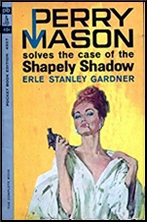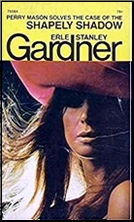Wed 18 Dec 2019
Pulp PI Stories I’m Reading: CARROLL JOHN DALY “The Egyptian Lure.”
Posted by Steve under Pulp Fiction , Stories I'm Reading[2] Comments
CARROLL JOHN DALY “The Egyptian Lure.” Novelette. Race Williams #18. First published in Black Mask, March 1928. Reprinted in The Snarl of the Beast: The Collected Hard-Boiled Stories of Race Williams, Volume 2 (Altus Press, 2016).
Race Williams doesn’t call himself a Private Eye. He’d rather be thought of as a Confidential Agent, and in fact that’s what it says in the lettering clients see on his office door. By the time this story appeared, Williams was already a long-time fixture at Black Mask magazine. Readers had been enjoying — and heartily approving — his adventures since the first June issue of 1923.
In “The Egyptian Lane” he’s, well, lured to the dive / strip joint of the same name by an envelope stuffed with money, with no name attached to the brief note accompanying it. It’s a tawdry joint — the owner of the joint is a Greek by the name of Nick — and it takes Williams a short while to track down the beautiful dancing girl who once lived in a convent but who is now his new client.
He takes her under his wing, but thanks to a clever ruse of the men who are after her, he loses her again. Calling himself a dunderhead, there’s no way in hell the thugs who’ve abducted her can escape his wrath. Nor do they! The hunt the follows, urged on by his anger and consuming desire for vengeance, is what readers of Black Mask were waiting for, and that’s exactly what they got.
And so did I. Race Williams is correct is not thinking of himself as any kind of “detective.” His methods are crude but effective, and a gun is his constant companion. The story is well told, the settings (from the dirty streets of Manhattan to the barren wastes of New Jersey) are well described, and the pace? It never lets up.

